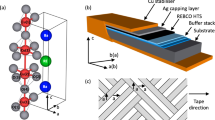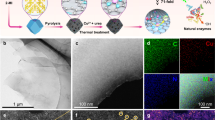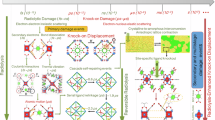Abstract
THE mechanisms of the primary stage of radiobiological damage involve three major problems. First, the destructive effect of relatively small doses of radiation. This cannot be explained on a purely statistical basis, so long as most components in the living cell exhibit a comparable reactivity towards the primary radicals formed by radiation. Secondly, the oxygen effect which undoubtedly increases the radiosensitivity of the living system. This effect could possibly be explained by inhibiting the recombination of organic radicals by the formation of peroxides. Thirdly, the action of radiation protecting agents which can scarcely be explained quantitatively. These reagents are generally considered either as scavengers of the primary free radicals or as hydrogen atom donors in a repair mechanism. Recent experiments on the effect of metal ions on the radiolytic behaviour of organic solutes may throw some light on these problems.
This is a preview of subscription content, access via your institution
Access options
Subscribe to this journal
Receive 51 print issues and online access
$199.00 per year
only $3.90 per issue
Buy this article
- Purchase on SpringerLink
- Instant access to full article PDF
Prices may be subject to local taxes which are calculated during checkout
Similar content being viewed by others
References
Anbar, M., and Rona, P., Proc. Chem. Soc., 244 (1963).
Anbar, M., Munoz, R., and Rona, P., J. Phys. Chem. (in the press).
Anbar, M., and Munoz, R. (to be published).
Author information
Authors and Affiliations
Rights and permissions
About this article
Cite this article
ANBAR, M. Possible Role of Copper Ions in Radiobiological Damage. Nature 200, 376 (1963). https://doi.org/10.1038/200376a0
Issue date:
DOI: https://doi.org/10.1038/200376a0
This article is cited by
-
Radiation-induced bystander effects in the Atlantic salmon (salmo salar L.) following mixed exposure to copper and aluminum combined with low-dose gamma radiation
Radiation and Environmental Biophysics (2014)
-
Zinc toxicity in irradiatedBacillus megaterium
Experientia (1974)
-
Electron paramagnetic resonance in compounds containing Cu(II) with amino acids
Journal of Structural Chemistry (1967)
-
Radiosensitization by Copper Ions, and Consequent Reversal of the Oxygen Effect
Nature (1965)



